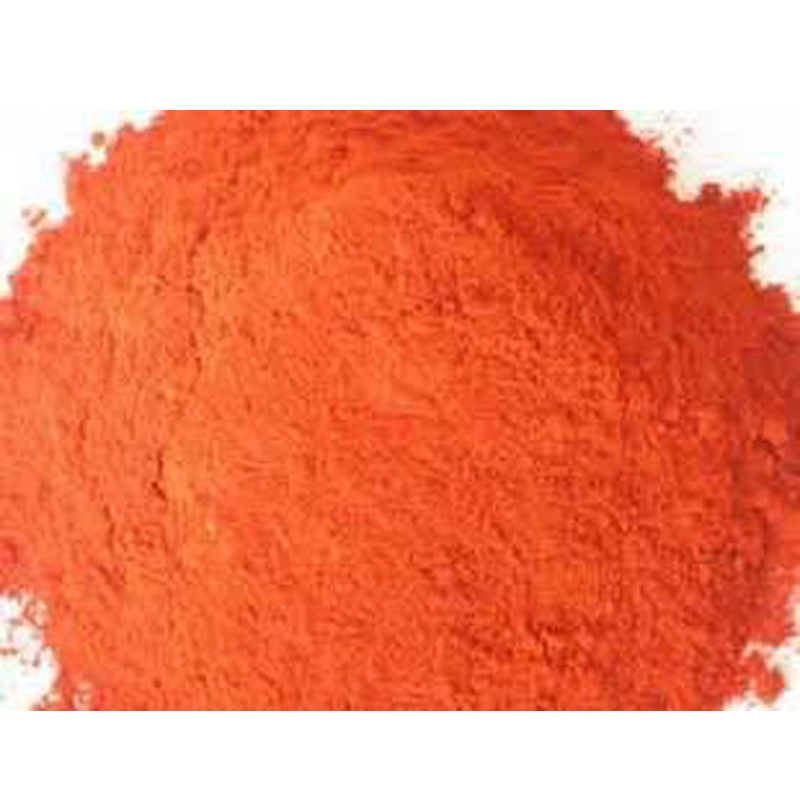- No. 268 Xianghe Street, Economic Development Zone of Xingtai city, Hebei 054001 China
- Byron@hbhongri.cn
Exploring the Differences Between Chili Powder and Cayenne Pepper for Your Culinary Needs
Understanding the Differences Chilli Powder and Cayenne Pepper
Spices are an essential part of culinary traditions across the globe, adding depth, flavor, and heat to dishes. Among the myriad of spices used in kitchens, two stand out for their versatility and unique characteristics chilli powder and cayenne pepper. Despite their similarities, these two spices offer distinct flavors and uses in cooking. Understanding their differences can enhance your culinary skills and elevate your dishes.
What Are They?
Chilli powder is a blend of dried and ground chillies, often mixed with other spices such as cumin, garlic powder, and salt. The exact composition can vary widely depending on the regional cuisine and the brand. It is popular in Indian, Mexican, and various Asian dishes for its warm heat and deep flavor.
On the other hand, cayenne pepper is a specific type of chilli pepper that is dried and ground into a fine powder. It is known for its intense heat, typically ranging between 30,000 to 50,000 Scoville Heat Units (SHU). Cayenne is derived from the Capsicum annuum plant and is primarily used to add a fiery kick to recipes without overshadowing other flavors.
Flavor Profile
The flavor profile of chilli powder varies based on its ingredients. It generally has a rich, slightly smoky flavor, especially when made from smoked chillies. This complexity makes it a great addition to dishes where a combination of heat and depth is desired, such as in chili con carne, stews, and seasoned meats.
Cayenne pepper, however, is predominantly known for its heat. It does not have the same complexity of flavors as chilli powder and is often used when a dish needs a straightforward, intense spiciness. It is the go-to spice in dishes like hot sauces, curries, and spicy salsas, where heat is the primary concern.
chilli powder and cayenne pepper

Culinary Applications
Chilli powder finds its application in a broader range of dishes due to its complex flavor profile. It can be used in seasoning blends, marinades, rubs, and even in some desserts, such as chocolate mole sauce. It is particularly popular in dishes where a milder heat is preferable, allowing the secondary flavors in the dish to shine through.
Cayenne pepper is typically used more sparingly due to its potency. A pinch can significantly elevate the heat of any dish, making it ideal for recipes that aim to deliver a strong spicy punch. It is often added to dishes towards the end of cooking to retain its flavor and heat. Whether in a spicy ketchup, a zingy salad dressing, or sprinkled over roasted vegetables, cayenne works wonders in amplifying flavors.
Health Benefits
Both chilli powder and cayenne pepper offer health benefits due to their active compounds. Capsaicin, the component responsible for their heat, is known for its anti-inflammatory properties and potential metabolism-boosting effects. Incorporating these spices into your diet can support overall health while adding zest to your meals.
Conclusion
In summary, while chilli powder and cayenne pepper may seem interchangeable at first glance, they serve different purposes in cooking. Chilli powder provides a complex flavor profile with moderate heat, making it versatile for various dishes. In contrast, cayenne pepper delivers intense heat, suitable for those looking to spice things up. Understanding these differences can enhance your cooking, allowing you to better tailor your dishes to your taste preferences and health benefits. So the next time you reach for these spices, remember their unique qualities and make the most of what they have to offer.
-
Turmeric Rhizome Powder: A Golden Treasure from Roots to TableNewsJul.28,2025
-
The Versatile Application Of Crushed Red Hot Peppers: Lighting Up The Red Flames On The Dining TableNewsJul.28,2025
-
The Paprika: A Touch Of Vibrant Red In Color, Flavor, And CultureNewsJul.28,2025
-
Ground Turmeric: A Modern Examination of an Ancient SpiceNewsJul.28,2025
-
Capsicum Liquid Extract: Features, Applications, and ChallengesNewsJul.28,2025
-
Application of Capsicum Liquid Extract in FoodNewsJul.28,2025







